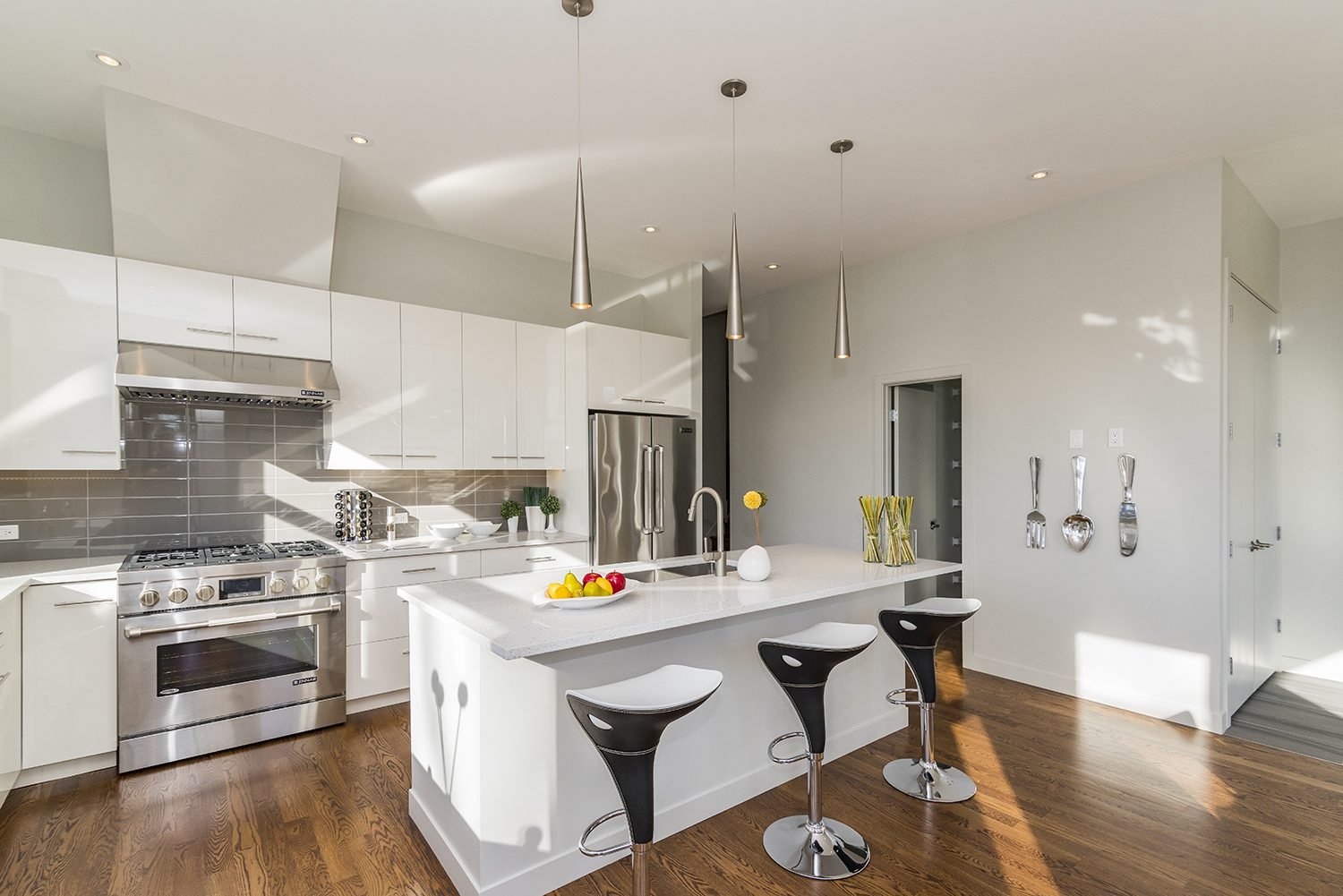Unlacquered brass is brass that has not been treated with a clear or colored protective coating, while lacquered brass is brass that has been coated with a clear or colored protective finish. This finish is typically applied to brass to help protect it from tarnishing and to enhance its visual appeal.
One of the key advantages of unlacquered brass is that it will develop a patina over time, giving it a unique, aged appearance. This patina is formed by the natural oxidation of the brass, and it can add character and charm to any item made from this material.
However, unlacquered brass also has some disadvantages. Because it is not protected by a clear finish, it is more susceptible to tarnishing and discoloration. This means that it will require more frequent cleaning and maintenance to keep it looking its best.
On the other hand, lacquered brass offers a number of benefits. The clear or colored finish applied to this type of brass helps to protect it from tarnishing and discoloration, allowing it to retain its original color and shine for extended periods of time. This makes it a great choice for applications where a consistent and long-lasting appearance is important, such as in commercial settings or high-traffic areas.
Furthermore, lacquered brass is typically easier to clean and maintain than unlacquered brass. Because the finish protects the underlying brass, it is less likely to accumulate dirt and grime, and can be easily wiped clean with a damp cloth or mild cleaner.
In conclusion, the main difference between unlacquered and lacquered brass is the presence or absence of a clear or colored protective finish. Unlacquered brass has a unique patina that develops over time, but it is also more susceptible to tarnishing and discoloration. Lacquered brass maintains its original color and shine for longer periods of time, but it does not develop a patina. Both types of brass have their own advantages and disadvantages, and the best choice will depend on the specific application and personal preference.






